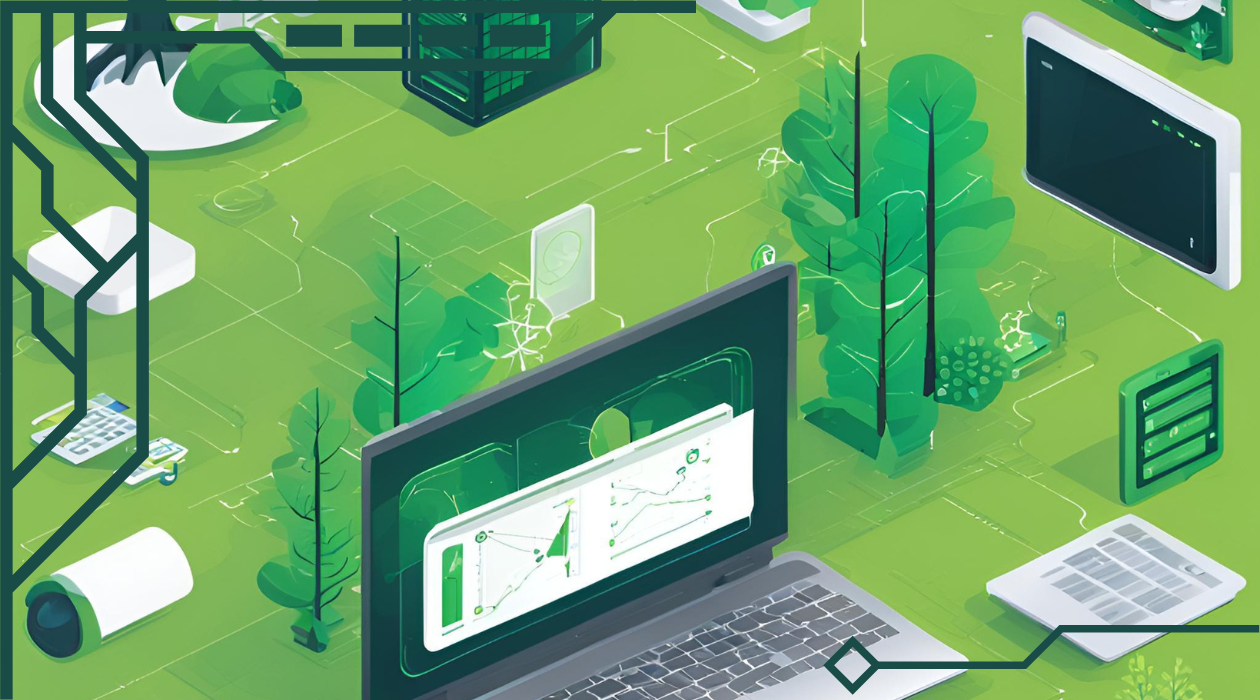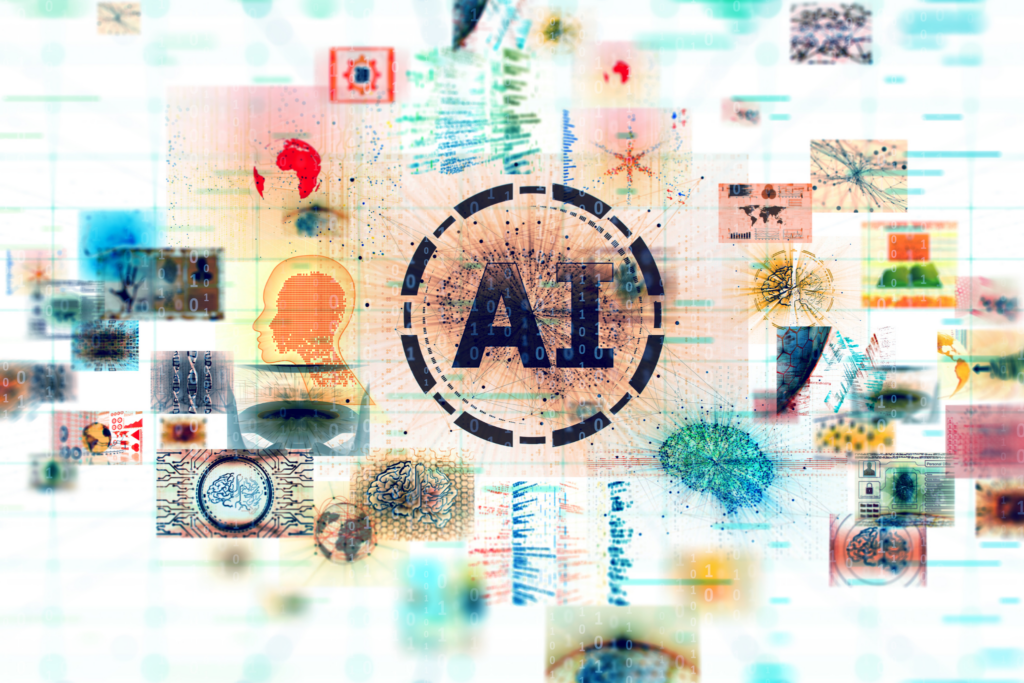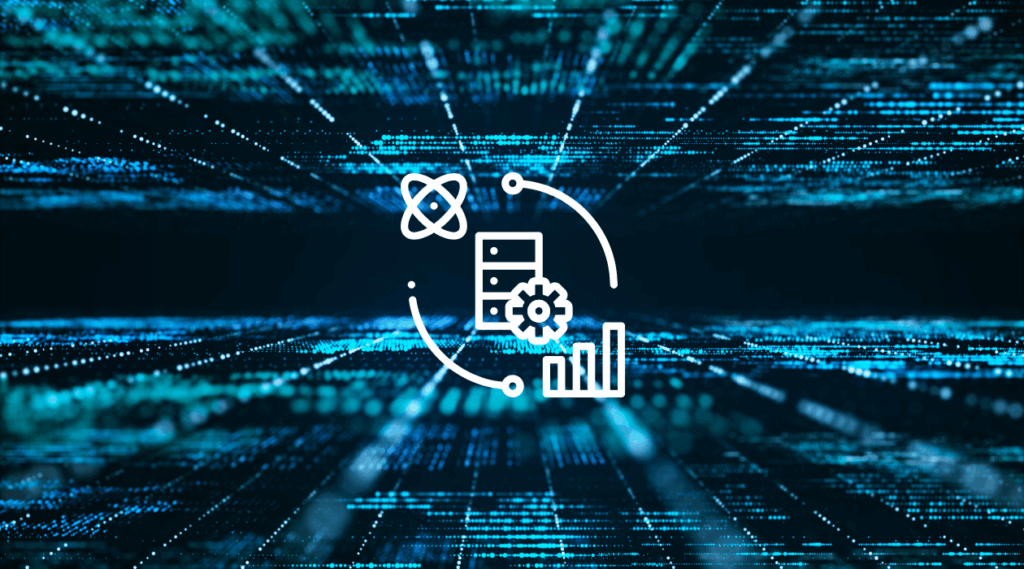Sustainable Software Development: Coding for a Greener Future

In a world where climate change headlines dominate the news cycle, sustainability is no longer just an ethical consideration—it’s a necessity. While most discussions about sustainability focus on industries like manufacturing or energy, the tech sector’s environmental impact is far from negligible. Software developers, often the unseen architects of our digital world, have a unique opportunity to champion green practices and drive change. But how does one integrate sustainability into software development? Let’s dive in.
Why Sustainability Matters in Software Development
From massive data centers consuming the equivalent energy of small nations to the growing e-waste problem, the digital world is leaving a physical footprint. Sustainable software development aims to:
- Reduce energy consumption.
- Optimize resources.
- Minimize the carbon footprint of IT operations.
The end goal? To create software that not only delivers value but also respects the planet.
Strategies for Energy-Efficient Applications
1. Code Efficiency is Key
- Refactor Ruthlessly: Simplified and optimized code executes faster and consumes less energy.
- Avoid Over-Engineering: Resist the urge to add unnecessary features that bloat software.
- Leverage Efficient Algorithms: Use algorithms and data structures designed for lower computational complexity.
2. Choose Energy-Efficient Languages
- Research shows that some programming languages (like C, Rust, and Java) are more energy-efficient than others (such as Python and Ruby).
- Match the language to the project’s needs, balancing efficiency with functionality.
3. Cloud Optimization
- Serverless Architecture: Pay only for the compute power you use, reducing waste.
- Green Cloud Providers: Opt for platforms that prioritize renewable energy in their data centers, like Google Cloud or AWS’s sustainability initiatives.
4. Reduce Client-Side Energy Consumption
- Optimize front-end designs to reduce power usage on end-user devices.
- Use lazy loading and lightweight frameworks to decrease unnecessary processing.
Greening IT Operations
- Adopt Green Hosting: Choose web hosting providers committed to carbon neutrality. Platforms like GreenGeeks and EcoHosting operate entirely on renewable energy.
- Virtualization and Containerization: Consolidate workloads through virtual machines or containers (e.g., Docker, Kubernetes) to maximize server utilization and reduce energy waste.
- Energy-Efficient Testing: Automate testing pipelines to reduce redundant manual processes and the energy they consume.
- Monitor and Optimize: Use tools like New Relic or Datadog to monitor energy consumption in real-time, identifying areas for improvement.
Developers as Environmental Advocates
1. Sustainability by Design
- Incorporate environmental considerations into the design phase.
- Develop features with energy efficiency as a core requirement, not an afterthought.
2. Educate and Advocate
- Share knowledge within the team about sustainable practices.
- Advocate for sustainability in decision-making forums.
3. Open Source for Sustainability
- Contribute to or create open-source projects focused on green development tools.
- Share reusable, efficient codebases that others can adopt.
Challenges to Green Software Development
- Balancing Sustainability with Performance: Developers often face trade-offs between energy efficiency and user experience. The key is finding a balance that doesn’t sacrifice either.
- Limited Awareness: Many organizations and teams still lack awareness about the environmental impact of software. Education and advocacy are crucial.
- Cost Concerns: Implementing green practices may require upfront investments. However, the long-term benefits, both environmental and financial, outweigh the initial costs.
Success Stories: Leading by Example
- Microsoft: Committed to becoming carbon negative by 2030, the company has optimized its software and data centers to reduce energy use.
- Ecosia: This search engine uses its profits to plant trees, demonstrating how digital tools can directly contribute to sustainability.
- GitHub Actions for Green CI/CD: Developers can integrate actions to measure and offset the carbon footprint of continuous integration/continuous deployment pipelines.
The Future of Sustainable Development
The intersection of technology and sustainability is brimming with potential. As AI, machine learning, and IoT evolve, so does their energy footprint. Developers hold the power to steer innovation toward greener outcomes by designing solutions that are both powerful and planet-friendly.
Conclusion
Sustainable software development isn’t just a trend; it’s a responsibility. By integrating green practices into every stage of the development lifecycle, developers can lead the charge toward a more sustainable digital future. After all, the code we write today shapes the world we’ll live in tomorrow.











